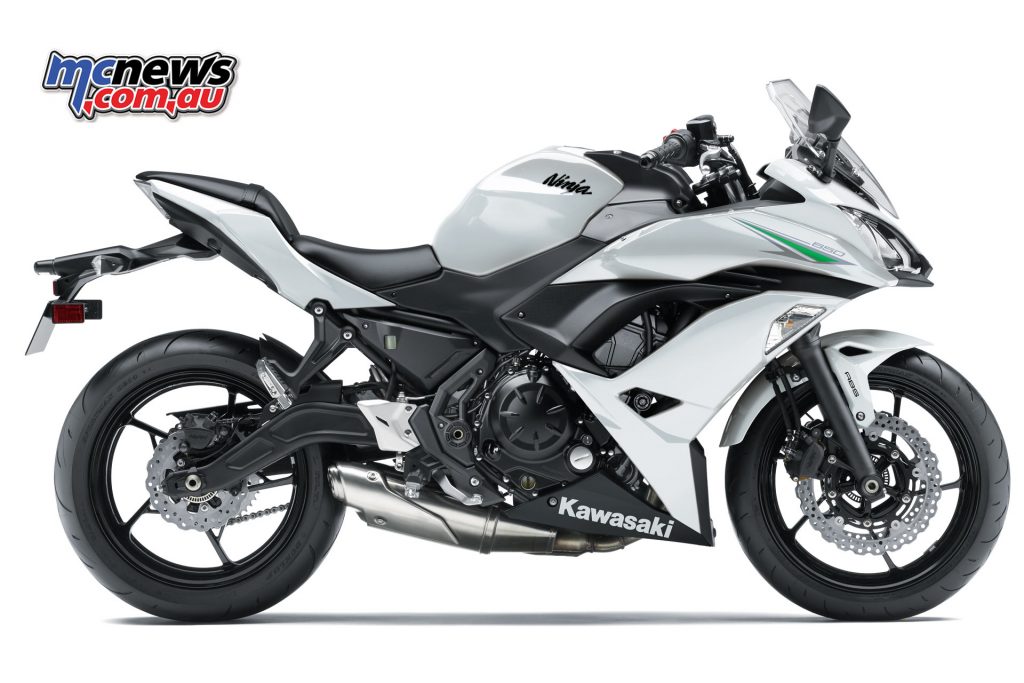Kawasaki’s new for 2017 Ninja 650 | 650L
Kawasaki have revamped the Ninja 650 and 650L for 2017 with a revised chassis and slip & assist clutch
The new for 2017 Kawasaki Ninja 650 features a 650cc Parallel Twin engine with a strong low-mid range focus and a new lightweight chassis in a slim, middleweight package.
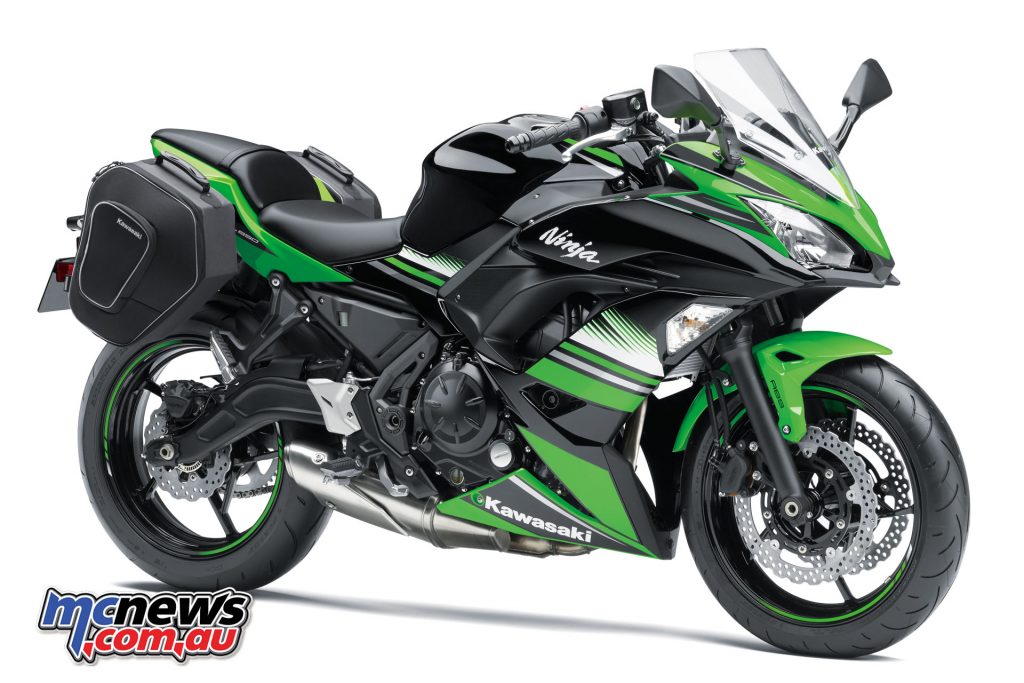
Supersport-like handling, direct feel and strong acceleration are complemented by easy-to-manage power delivery and rider-friendly manoeuvrability, offering an ideal blend of sporty performance and everyday versatility sure to satisfy everyone from new to more experienced riders.
Sharp styling strengthens the Ninja family image for 2017, reflecting its evocative character.
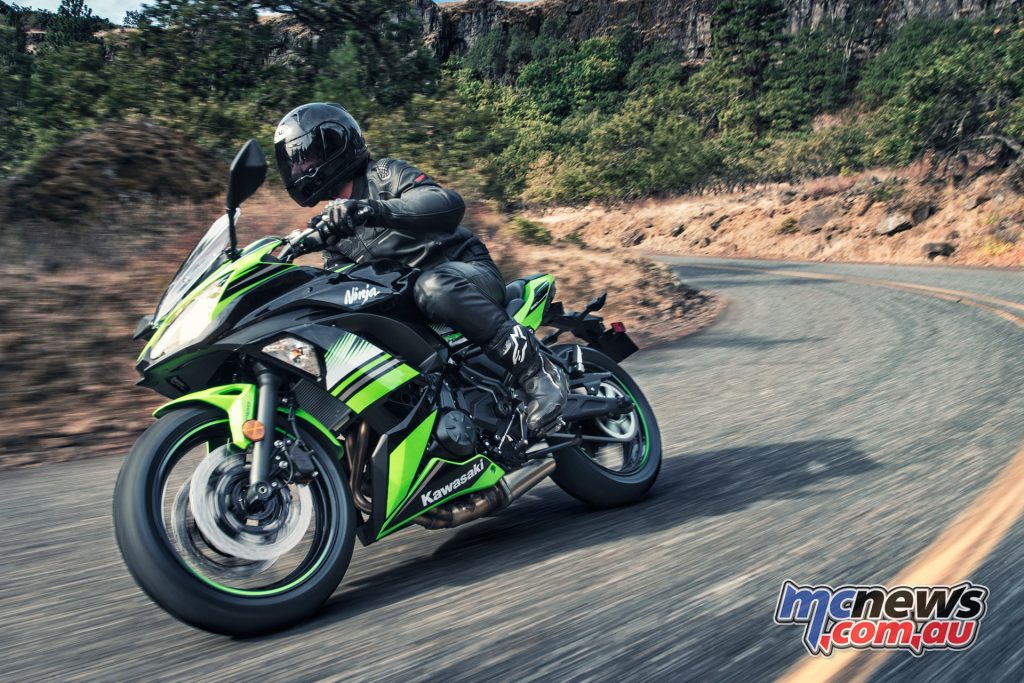
The sleek bodywork includes a sharp front cowl with a strong resemblance to Kawasaki’s Ninja supersport models. The aggressive visage is complemented by slim, close-fitting bodywork designed to give the bike a light, nimble image that reflects its sporty performance.
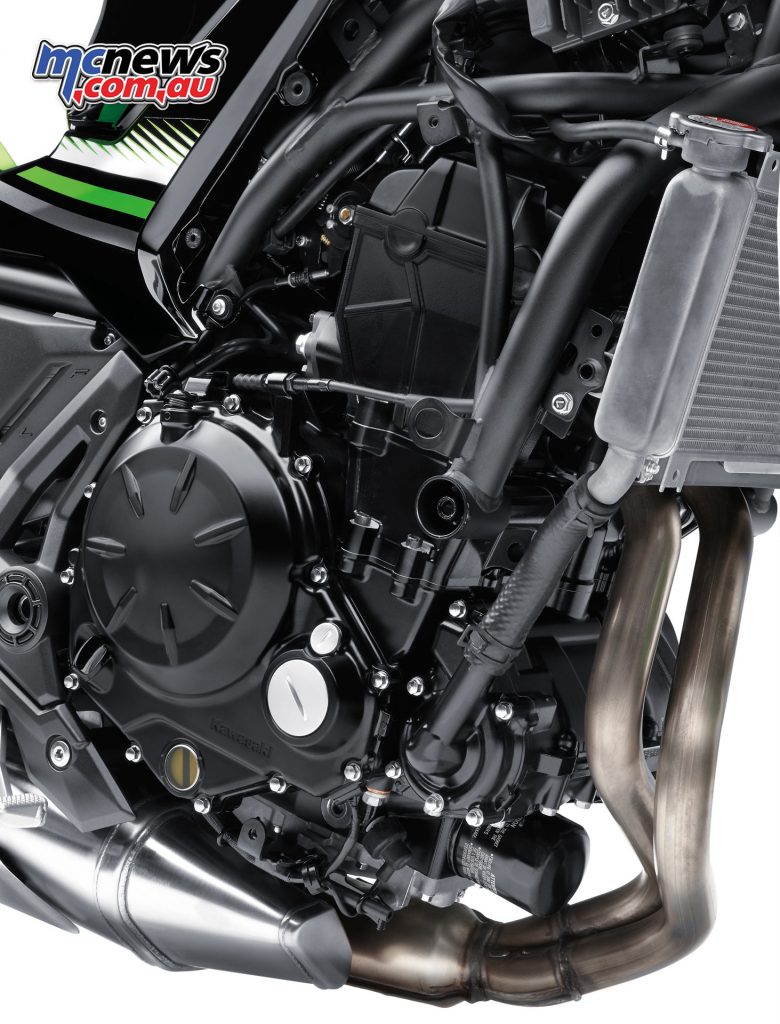
2017 Kawasaki Ninja 650/650L engine
Tuning of the 649cc Parallel Twin engine focused on achieving a throttle response that balanced a powerful feeling and a quick-revving character.
To optimise performance for everyday riding, care was taken to maximise low-mid range torque. When opening the throttle, riders will notice an extremely smooth and powerful engine character that offers both a high level of control when making minute throttle adjustments and a gratifying rush of acceleration in the lower rpm ranges. This also benefits fuel economy.
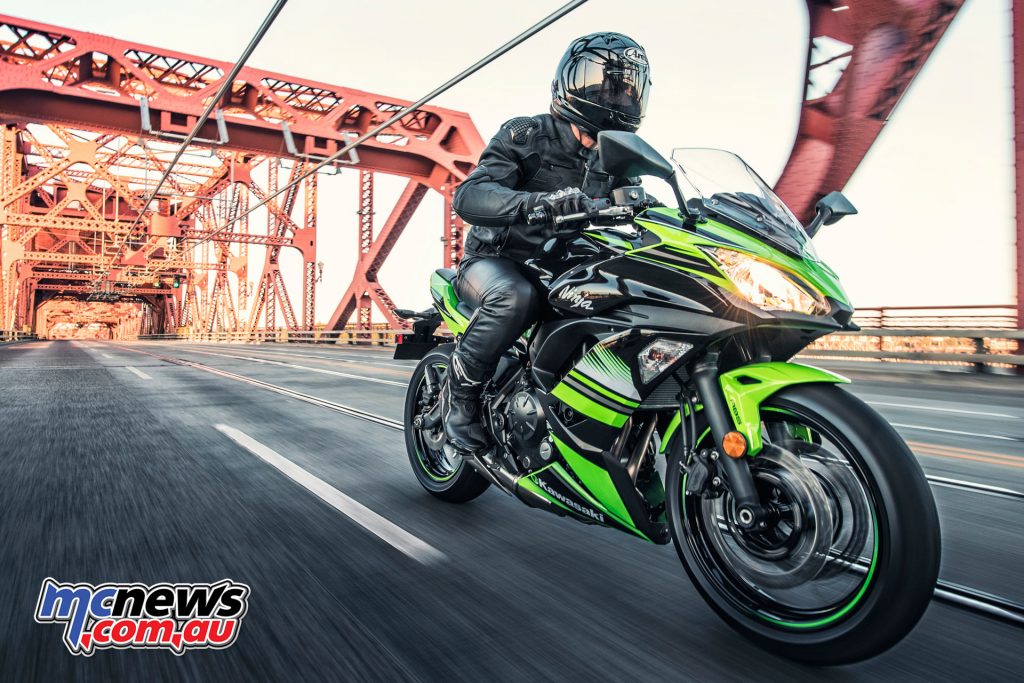
The liquid-cooled, DOHC, 8-valve 649cc Parallel Twin with fuel injection delivers smooth, responsive performance, especially in the low and medium rpm ranges.
The strong low-end focus lends itself to sporty riding, but also translates to rider-friendly power characteristics that facilitate control and inspire confidence in new riders.
Performance and feel were optimised for the mid-range, however, in the low-rpm range below 3000rpm power delivery is very smooth, and above 6000rpm power and torque curves continue on without dropping off suddenly.
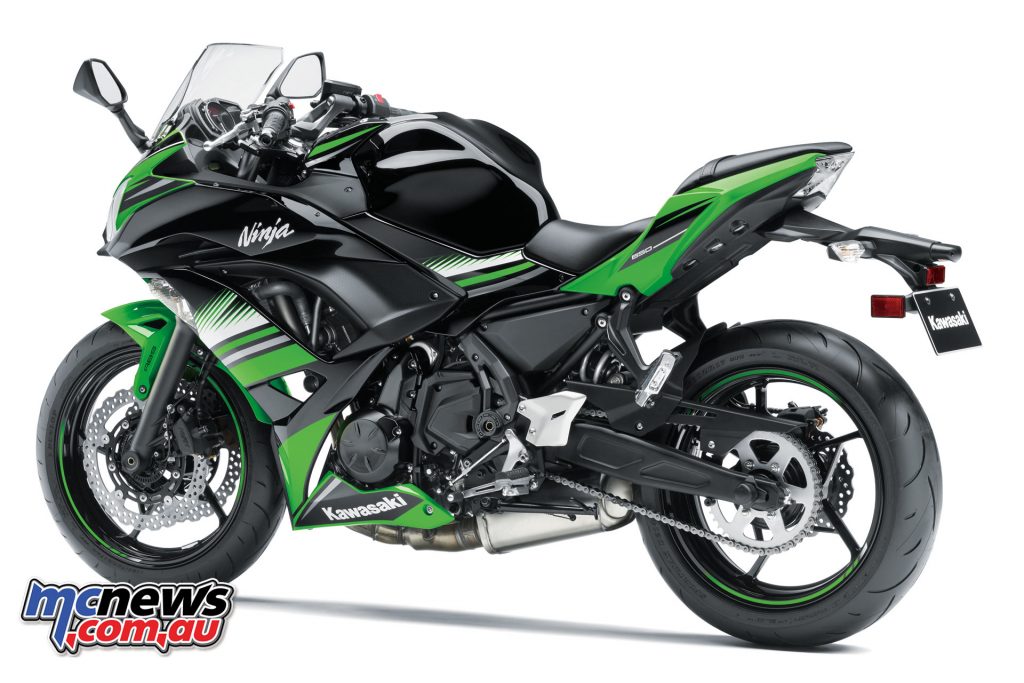
A new Assist & Slipper clutch has also been added, meaning when the engine is operating at normal rpm the assist cam functions as a self-servo mechanism, pulling the clutch hub and operating plate together to compress the clutch plates.
This allows the total clutch spring load to be reduced, resulting in a lighter clutch lever pull when operating the clutch.
When excessive engine braking occurs – as a result of quick downshifts (or an accidental downshift) – the slipper cam comes into play, forcing the clutch hub and operating plate apart.
This relieves pressure on the clutch plates to reduce back-torque and help prevent the rear tyre from hopping and skidding.
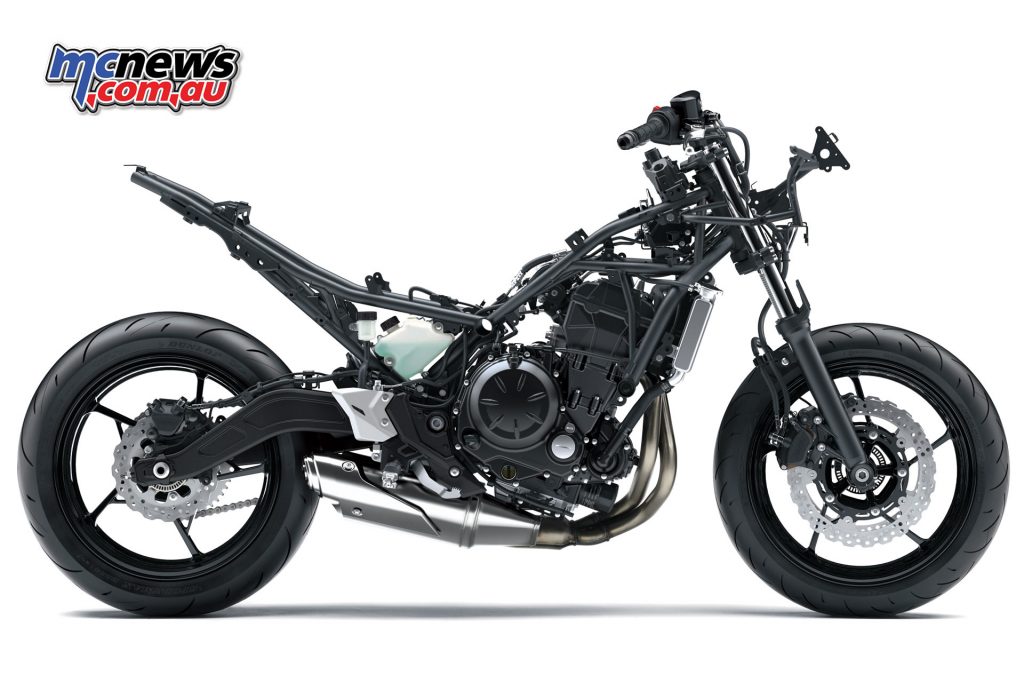
2017 Kawasaki Ninja 650/650L chassis
Benefitting from a thoroughly redesigned chassis, the new Ninja 650 weighs in at 192kg. Designed using Kawasaki’s new in-house analysis technology, the lightweight trellis frame and swingarm were the key to the Ninja 650’s ultra-light handling.
One of the key components to realising the new Ninja 650’s lighter weight (noticeable as soon as the bike is lifted off its side-stand), the all-new frame weighs only 15kg and contributes significantly to the bike’s light, nimble handling.
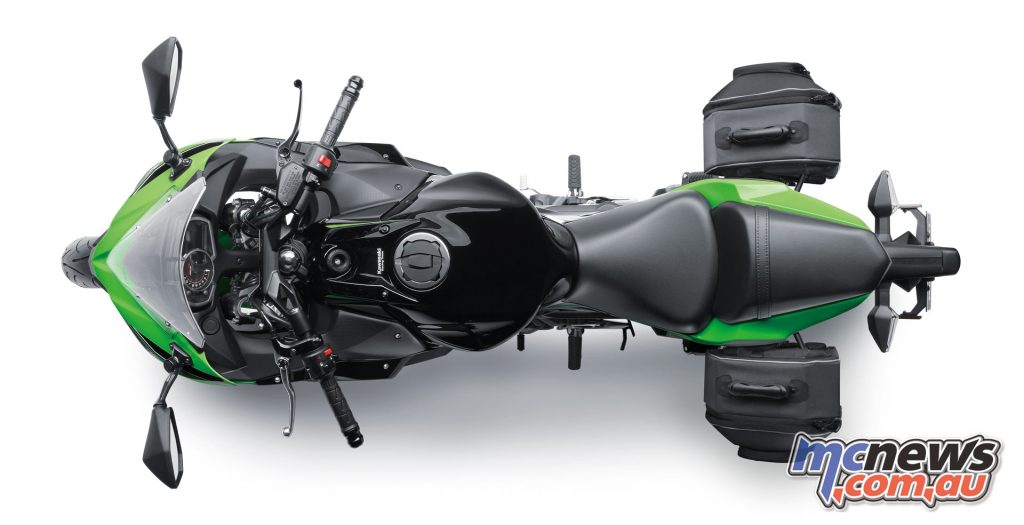
Components of the high-tensile steel trellis frame follow the ideal pipe line. The lines of the frame were made as straight as possible, and when bends were necessary their angles were made as small as possible, resulting in a design that disperses stress extremely well.
Kawasaki’s new in-house analysis technology was used to precisely determine the necessary pipe diameter, length and wall thickness to deliver the ideal lateral and torsional rigidity.
This allowed unnecessary material to be trimmed, resulting in an extremely lightweight frame: the new frame weighs only 15 kg, a key to the new Ninja 650’s light, nimble handling.
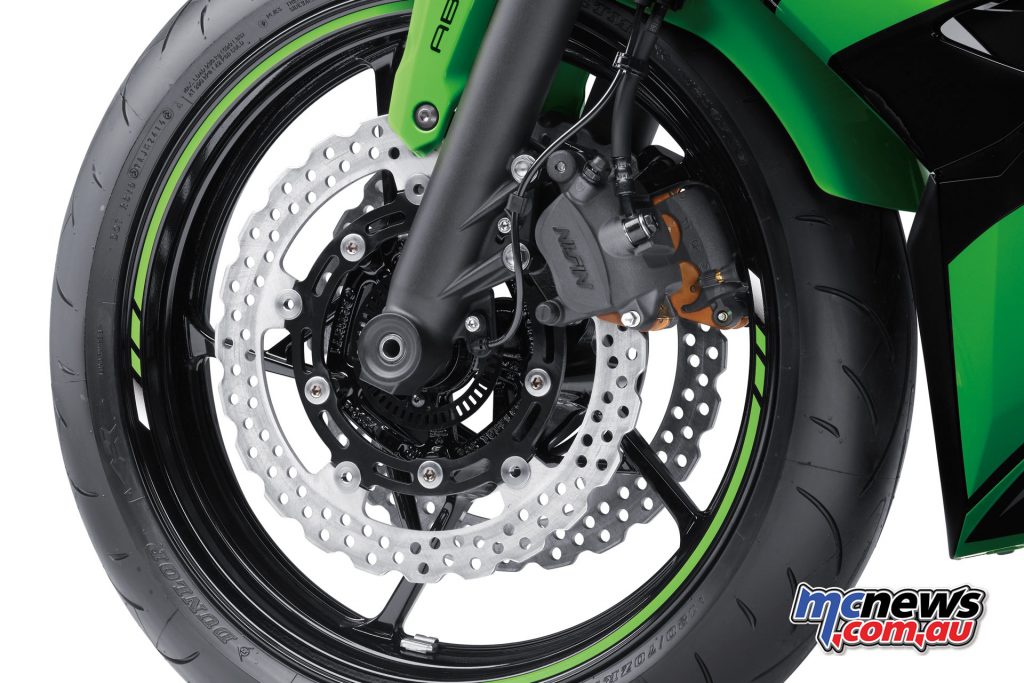
Brakes are dual 300mm front petal discs and a 220mm rear petal, with dual-piston front calipers, and a single-piston rear caliper. A compact Bosch 9.1M ABS unit also contributes to both weight and space savings, while offering increased braking safety.
Low unsprung weight (thanks to parts like the swingarm, and hollow-type front axle) greatly contributes to the light, nimble handling. This includes the stylish star-pattern five-spoke wheels.
The Ninja 650’s upright position (compared to supersport models) and fine-tuned rider triangle offer both control and comfort.
Thanks to the low seat height and the bike’s slim overall design, it’s easy to keep both feet firmly on the ground when stopped, an important consideration for many riders.
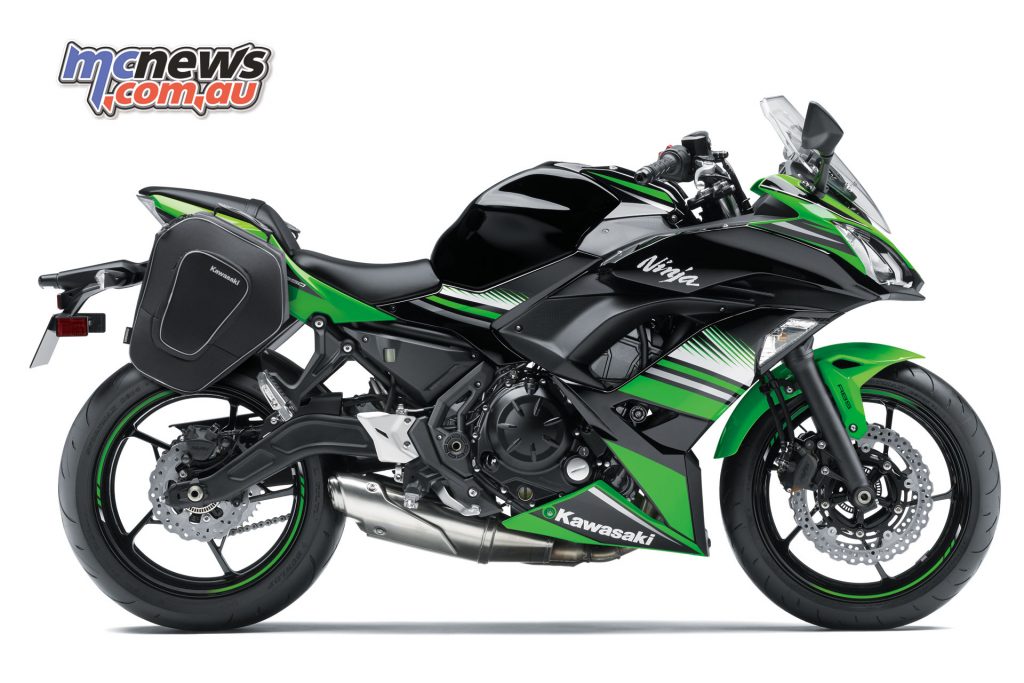
The 790mm seat height accommodates riders spanning a wide range of heights, enabling them to ride with confidence. Separate, raised handlebars mounted to the upper triple clamp contribute to the bike’s sporty looks, offering both control and comfort, they put the rider in a good position for sport riding.
The narrow frame and engine also create a narrow overall package, allowing the rider to keep his or her knees and feet close together. The slim fuel tank is positioned low in the chassis and the shape is easy to grip with the knees.
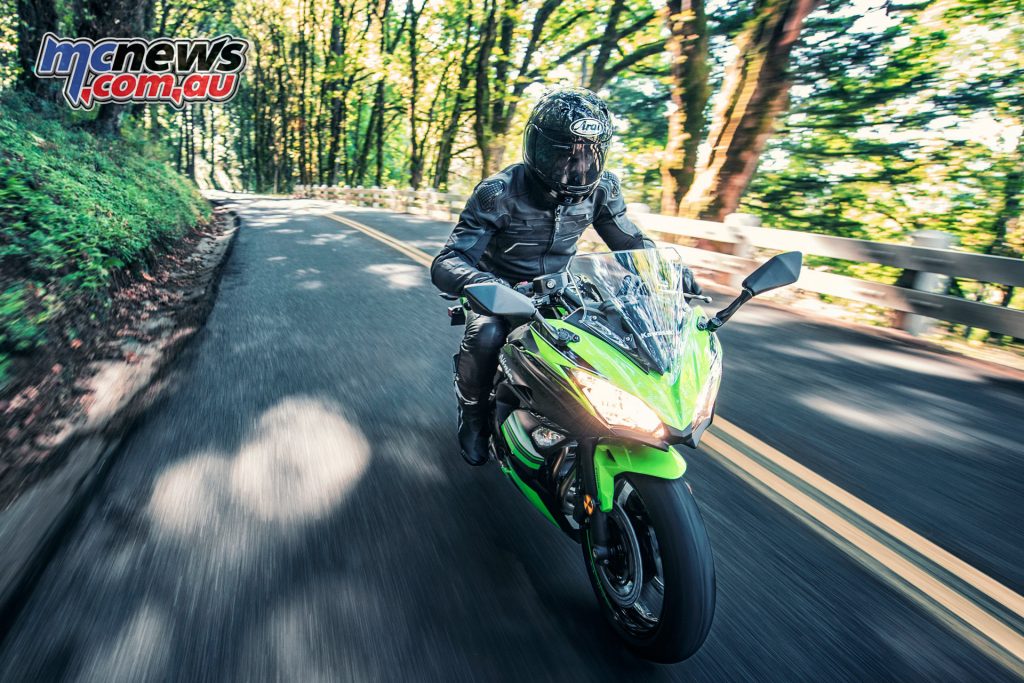
2017 Kawasaki Ninja 650/650L styling
Sleek bodywork includes a sharp front cowl with a strong resemblance to Kawasaki’s Ninja supersport models. An aggressive upper cowl design inspired by Ninja supersport models exudes sportiness and contributes to a strong Ninja family identity as do sharp dual headlamps.
The chin spoilers below the headlamps are similar in design to those of the Ninja ZX-10R, further reinforcing the Ninja family resemblance and are joined by a sporty adjustable windshield, offering three positions with a total range of 60 mm.
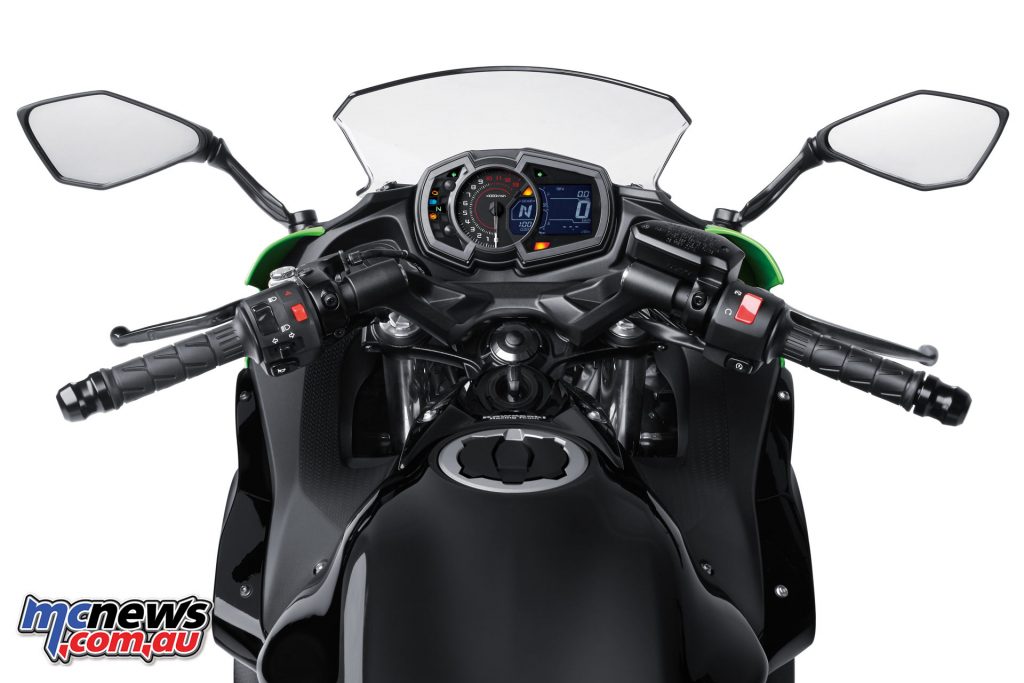
Fairings use black pieces to draw the eye in a horizontal line, emphasising the length of the bike to strengthen its supersport image. Compact turn signals are built into the fairings, for a sharp, sporty image. Slim lower fairings contribute to the sharp styling.
The sharp front fender design features holes cut into the sides, contributing to the aggressive image, and elegantly sculpted mirror stays position the mirrors for excellent rearward visibility.
Stylish upper triple clamp features strength-reinforcing ribs on its upper surface and its optimised rigidity contributes to the bike’s light, natural handling, while adding an elegant touch to the cockpit area.
A compact, upswept tail cowl contributes to the dynamic, sporty image and the slim rear seat complements the compact tail cowl. Under-seat storage has space for a U-lock and other small items.
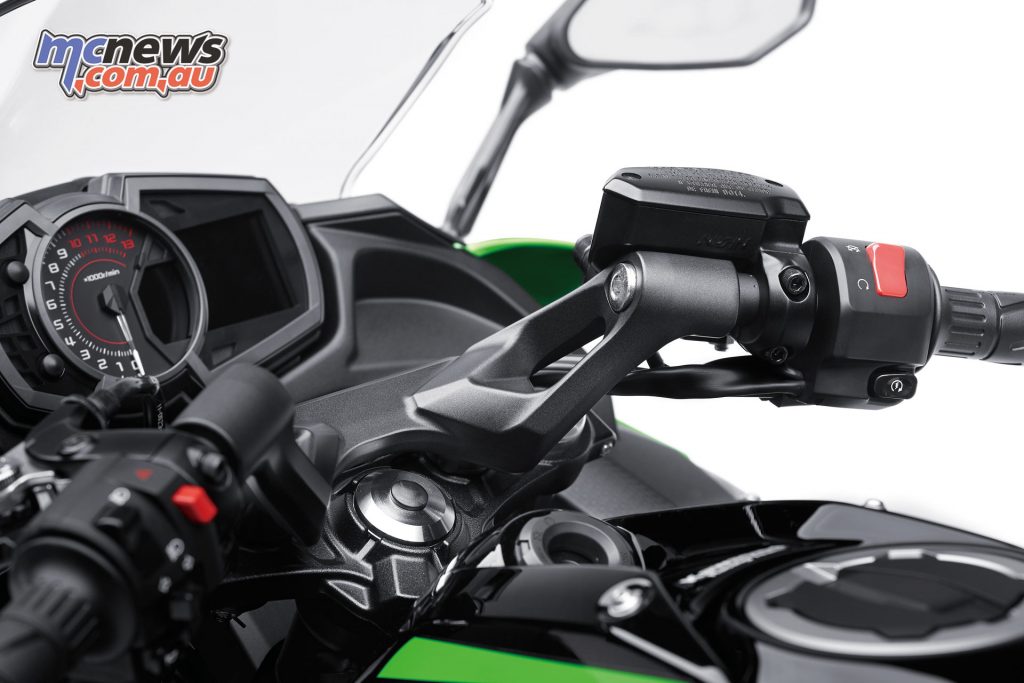
LED taillight lights up in an “X” pattern, and rear turn signals complement the aggressive Ninja styling.
Other features include:
- Rider footpeg stays combine aluminium die-cast and resin pieces to create a stylish, mechanical appearance.
- Luggage hooks are built into the passenger footpeg stays, providing convenient tie-down points.
- Inner fender incorporates part of the chain guard.
- Special attention was given to clean welding lines and that the electrical harness is hidden from view.

The instrument panel layout features a large analogue tachometer flanked by warning lamps on one side, and a gear position indicator and multi-function LCD screen on the other. A gear position indicator helps increase shifting precision and confidence.
Complementing a new shift up indicator lamp, the tachometer’s needle changes colour (from white to pink to red) to indicate the rider-selectable shift-up timing. During normal operation the shift indicator lamp is off, and the tachometer needle is white.
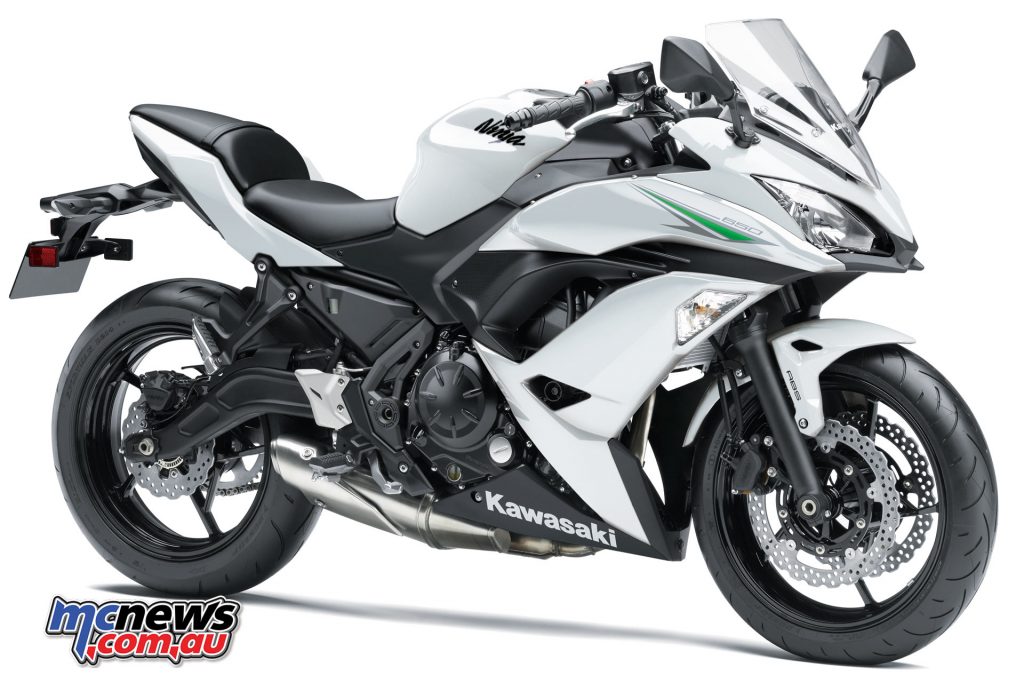
When the chosen engine speed is reached, the shift indicator lamp flashes rapidly, and the the shift indicator lamp flashes, and the tachometer needle turns pink.
Riders can set the shift-up timing between 5,000 and 11,000rpm in 250rpm increments. The shift indicator function may also be turned off.
The LCD screen features a negative display, adding to the instrument cluster’s sporty, modern appearance.
A number of Kawasaki genuine accessories allow riders to further enhance the Ninja 650’s sharp, sporty looks or offer added comfort or convenience for increased touring potential.
